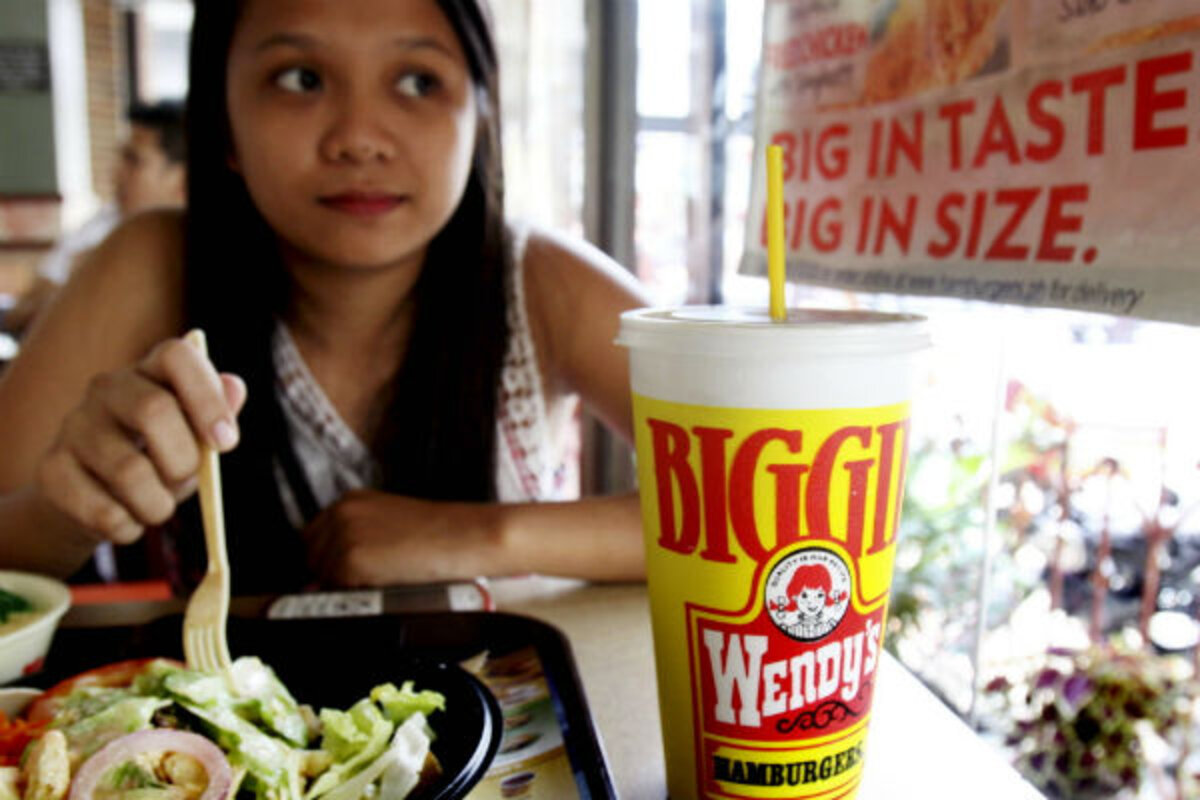Using '16 ounce cup' logic to reduce your personal spending
Loading...
Last Wednesday, the mayor of New York City announced a proposed ban on large sugared drinks, which essentially limits all drinks with added sugar content to be limited to one pint (16 ounces) or less.
Naturally, there was a lot of outcry over this. Overzealous government! Restriction of freedom! Underneath it was a pretty sound idea, though, even if it isn’t the government’s role to intervene in such ways.
Let’s say you’re at a self-serve restaurant and you can get either a 16 ounce cup or a 32 ounce cup. If you take the larger cup, you only have to fill it once and take it to your table to consume 32 ounces of a sugary beverage. If you take the smaller cup, you can still consume 32 ounces easily, but halfway through you have to stop and make the active choice to get more soda.
The smaller cup becomes a natural limit, one that forces you to stop and think about your actions before you make another (potentially poor) choice.
Should the government be doing this? Probably not. Should you be using this kind of tactic in your own life? Most definitely.
I think a story from my own life will help show how easily this idea translates to money.
One thing my family enjoys doing during the summer is going to community festivals. We like watching the town parades with the marching bands and the handmade floats (with our children collecting the candy tossed from the floats). We like wandering through the exhibits and learning about local history.
We also like visiting the inevitable flea markets that are part of such community festivals.
Several years ago, when Sarah and I would go to such festivals (before our children came along), we’d hit an ATM and get plenty of money for the excursion. We would want to make sure that we didn’t need to visit an ATM at any point during the day, so we’d withdraw a wad of cash that far surpassed what we would actually need during the day.
Almost always, we’d end up spotting something we “needed” during the flea market. We’d see a hand-woven rug or a hand-blown drinking vessel or a handmade ceramic bowl.
Conveniently, whenver we would have this impulsive desire to buy this “needed” item, we’d have plenty of cash in our pocket. Because the cash was right there, we wouldn’t stop and think about whether we should really spend $50 on this earthenware pot. We’d just pull out our healthy wad of cash, hand it over, and walk away with some item we really wanted in the moment but didn’t actually need.
Let’s call that our “32 ounce cup” model.
Today, we use something more like a “16 ounce cup” model. Instead of withdrawing plenty of money from the ATM before going to such a festival, we just withdraw enough for any food we plan on eating plus a bit extra for one small item at the flea market.
If we come across some “must have” item during the flea market, not having enough cash to buy it means we can’t buy it impulsively. We have to talk it over and, if we do decide to get it, we have to invest the time going to an ATM to withdraw the cash to afford it.
Usually, we end up not buying that “must have” item. Yes, every once in a while, we decide to go to the ATM to buy something, but most of the time we realize that the item is pretty unnecessary and don’t spend the cash.
You can use this type of “16 ounce cup” logic in a lot of ways to reduce your spending.
For example, when you’re at the grocery store with a pretty short list, grab a hand basket instead of a cart. That way, you’re naturally limiting what you can carry to the checkout aisle, meaning impulse buys are going to be much trickier.
Another example: if you’re out shopping with friends, “accidentally” leave your wallet in the car but perhaps have a $10 or a $20 bill in your pocket. That way, if you’re thinking of making a bigger purchase, you have to walk out to the vehicle to retrieve your wallet in order to do it.
These tactics don’t keep you from having the things you want. They just force you to actually decide what you really want instead of giving in to the impulse of the moment. The less you listen to immediate impulses, the more you’ll do for your long term financial health.





